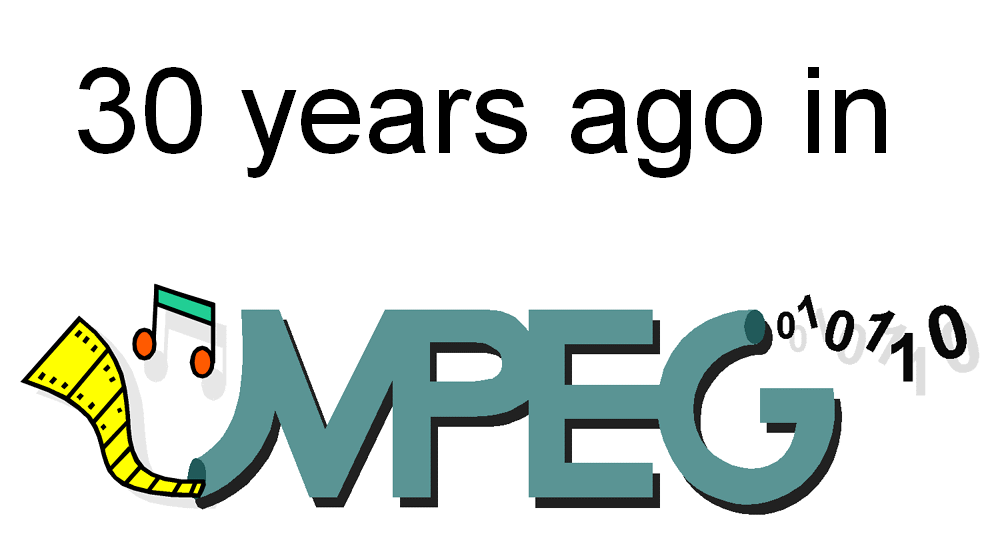In November 1992, MPEG had already christened the first three parts of its first MPEG-1 standard: the System, Video, and Audio triad. The approval of those three standards did not mean the end of MPEG-1 because work continued with Conformance and Reference Software. These two projects, however, would have been too little for MPEG people hungry for new challenges. Indeed, there as a reason if in July 1990 MPEG has started exploring the “MPEG Second Work Item”. In November 1991, the responses to the MPEG-2 Call for Proposals were tested in Kurihama. In July 1992, besides setting aside its original MPEG-3 project, MPEG had left the scalability shallows with the profile approach to the MPEG-2 standard. Applying its multiple parallel project approach to standardisation, in July 1993 it had even started its new MPEG-4 project. However, it was only in November 1993 that MPEG-2 made its debut in society.
The place – Seoul – was kind of unusual. Indeed, Korea has been absent in the early MPEG meetings, but had then realised that MPEG was something to reckon with. It had then offered to host a meeting. There were close to 200 participants attending the 26th MPEG meeting at Sheraton on the Hill. Interestingly, the attendance lists says that of these only two participants were from Korea.
The week of the 1st of November 1993 was historical. People worked like devils to produce the MPEG-2 Committee Drafts. Some worked until Friday at 6 (AM) so that their documents could be reviewed by the relevant MPEG subgroups on Friday morning. Eventually, the three MPEG-2 Committee Drafts were approved at the Friday afternoon plenary.
If the MPEG-2 CDs were the focus of the week, we should not forget many other parallel activities. The development of the MPEG-2 reference software was in full swing (at that time every company developed their own software), the preparation of the Audio and Video Verification Test, the start of the development of Digital Storage Media Command and Control (DSM-CC) and the booming participation in the definition of the new MPEG-4 standard managed by the oddly named Applications and Operational Environments group.
Finally, a colourful note of folklore. In the first week of November 1993, the photocopying machines worked 24 hours a day to produce in excess of 1,000,000 copies. It is “just” 30 years ago, but it looks like prehistory.
Read https://ride.chiariglione.org/mpeg-2-development-video/ and the following pages to have an accurate account to f the MPEG-2 history.


